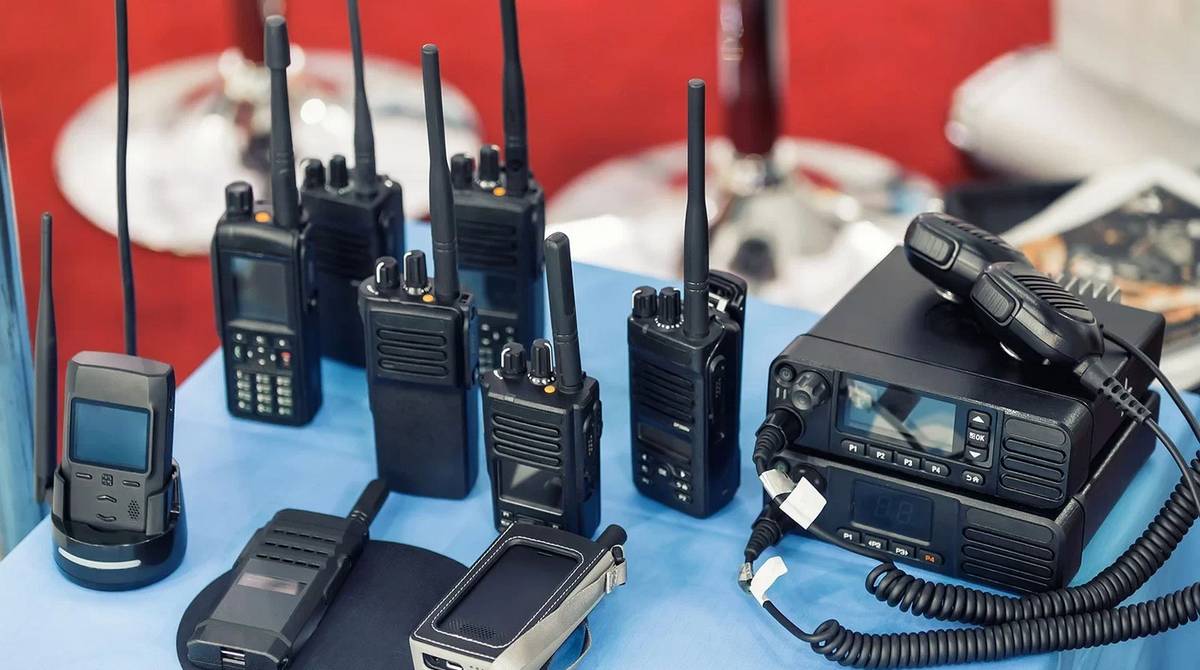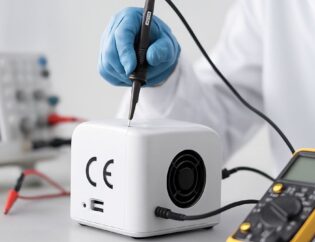
Radio Equipment Directive (RED) and CE Marking
With the development of wireless communication technologies, many devices now transmit data via radio frequencies. To ensure the safe, compliant, and efficient operation of these devices, the European Union enacted the 2014/53/EU Radio Equipment Directive (RED).
This regulation mandates that radio equipment must bear the CE mark, allowing these products to be freely marketed in the EU.
Products Covered by RED
RED covers devices that communicate via radio waves or have wireless connectivity features. Examples of such devices include:
- Devices with Wi-Fi, Bluetooth, and RFID capabilities
- Wireless headphones and speakers
- Smartphones and tablets
- GPS receivers
- Wireless medical devices
- Security cameras
- Remote control systems, IoT devices
- Radio transmitters and walkie-talkies
CE Marking Process
For products within the RED scope, the CE marking process includes the following key steps:
- Scope Evaluation
- Determine whether the product falls under the RED.
- Analyze any additional requirements (e.g., EMC, LVD, RoHS).
- Required Tests
- Radio spectrum compliance tests
- Electromagnetic compatibility (EMC) tests
- Electrical safety (LVD) tests
- SAR testing (for devices used close to the human body)
- Technical Documentation
- Test reports and conformity certificates
- User manual and product label information
- Documentation related to the production process
- Notified Body Requirement
- For products fully compliant with standards, the manufacturer can self-declare CE marking.
- For non-standard products, conformity assessment by a Notified Body is required.
- EU Declaration of Conformity (DoC) and CE Marking
- The manufacturer prepares the EU Declaration of Conformity, demonstrating compliance with all requirements.
- The CE mark is affixed to the product.
Relevant Other Directives
Radio equipment is often also connected to other EU directives, such as:
- EMC Directive (2014/30/EU) – Electromagnetic compatibility
- LVD Directive (2014/35/EU) – Electrical safety
- RoHS Directive (2011/65/EU) – Restriction of hazardous substances
- Machinery Directive (2006/42/EC) – Safety in industrial machinery
If a product falls under multiple directives, it must comply with each one.
The 2014/53/EU Radio Equipment Directive aims to ensure that all devices with wireless communication features are sold in the EU market in a safe and compliant manner.
The CE mark is an official indicator that the product meets the required regulations, and it can only be used when the manufacturer has met the relevant technical requirements.









